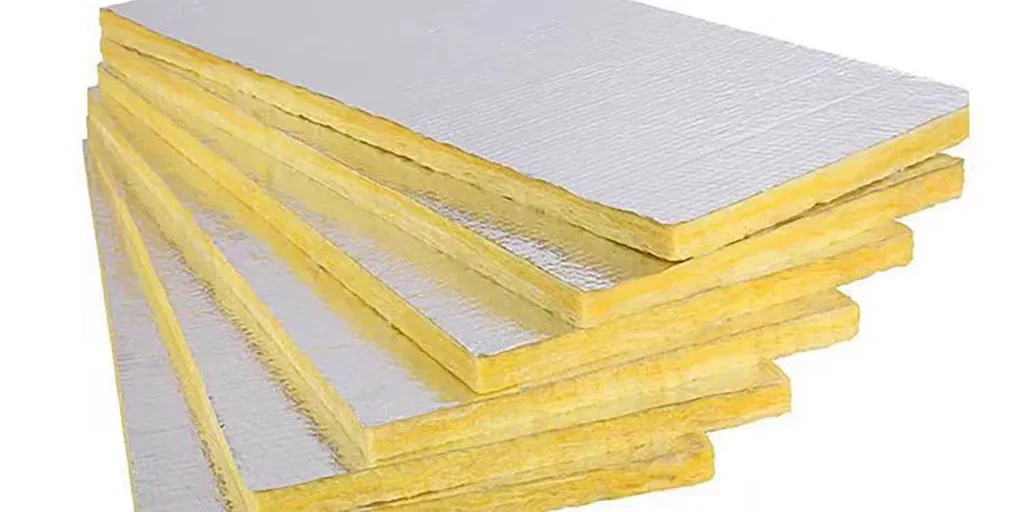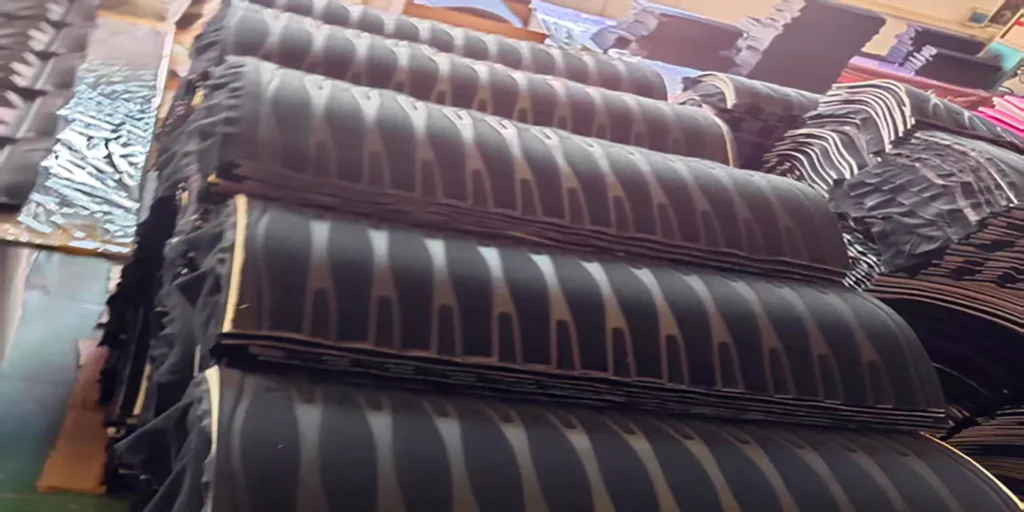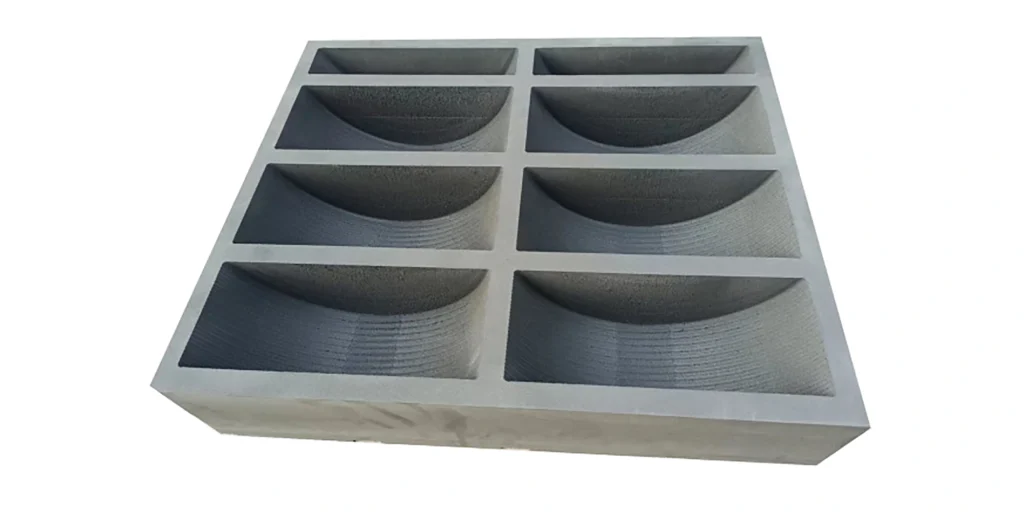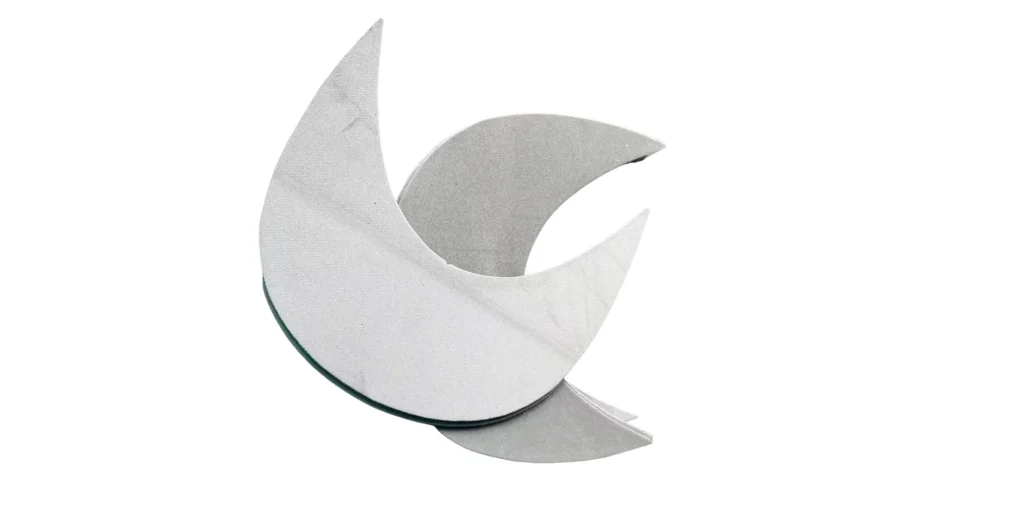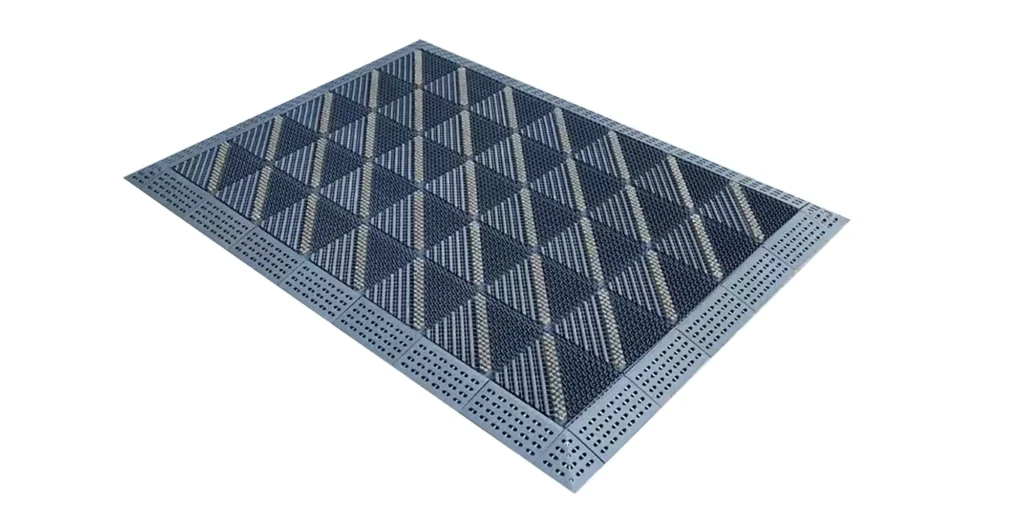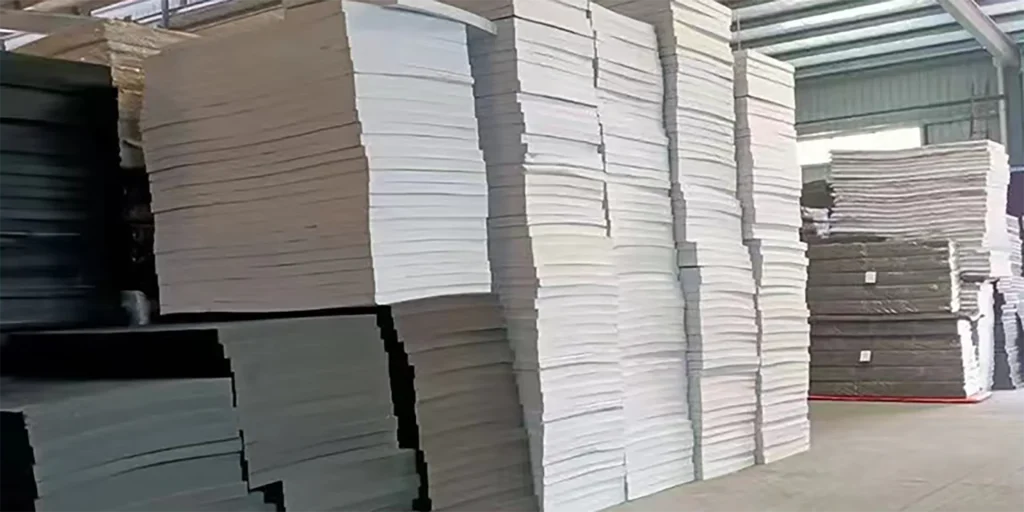The Ascendancy of New Energy Vehicles: The Pivotal Role of PE Foam in Battery Thermal Insulation Systems
Abstract Amid the exponential growth of the new energy vehicle market, battery safety and thermal management have emerged as critical industry imperatives. This paper examines the technological significance of polyethylene (PE) foam in battery thermal insulation systems, elucidating how its flame-retardant properties, lightweight characteristics, and superior thermal resistance enhance battery pack safety and propel the […]
